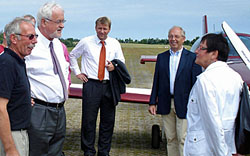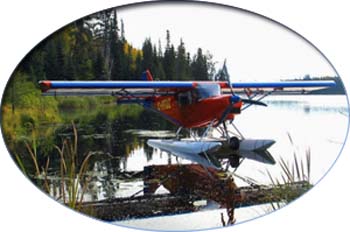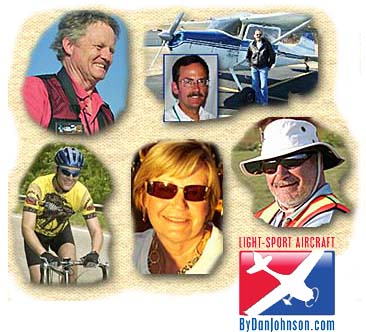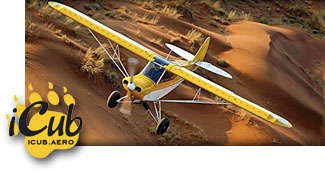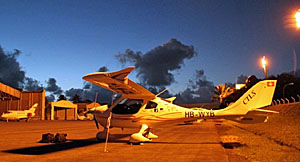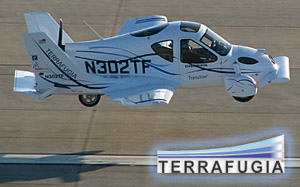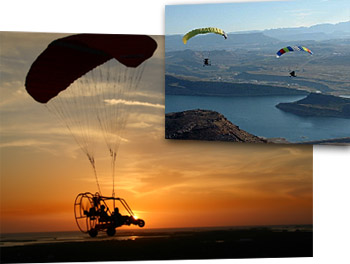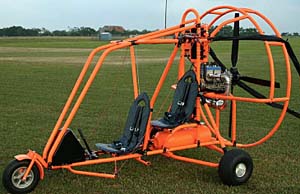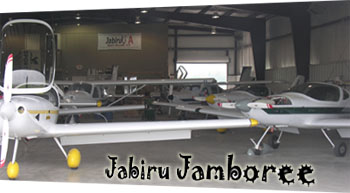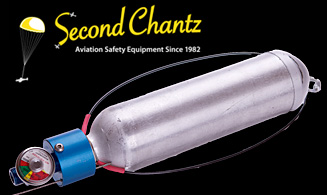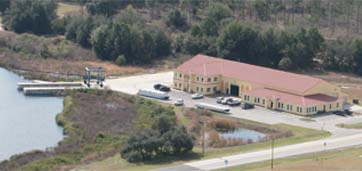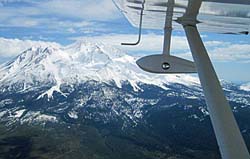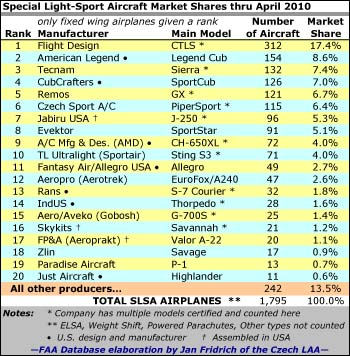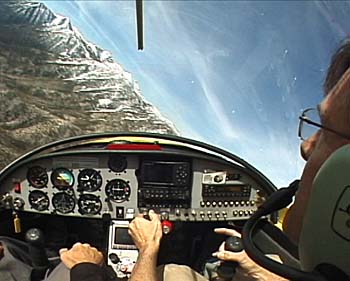
A gentleman at Oshkosh asked me a question about Sport Pilot Instructors and I’m afraid I gave a misleading answer. Even though I inhabit the SP/LSA space all day long every day, it isn’t hard to get a detail incorrect. My expertise is on the LSA side and less so the SP side, so I called in my expert friend, Paul Hamilton. Paul agreed to blog on this subject area from time to time, and here’s his first installment. Welcome, Paul! *** So the question is: Can Sport Pilot training be used for Private Pilot training? The answer: Yes… and no. It depends on the type of flight instructor rating. *** First off, solo time is solo time. So, yes, all solo time for Sport Pilot certificate can be used towards the Private Pilot license. *** Dual training is where it gets tricky. To understand the differences in qualifying Sport and Private Pilot training you have to understand the differences in flight instructor types.





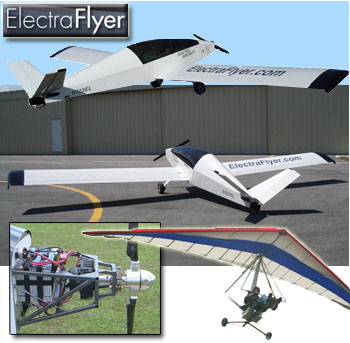

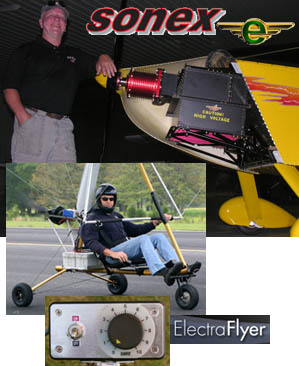

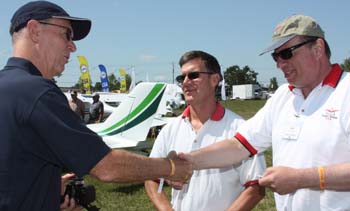




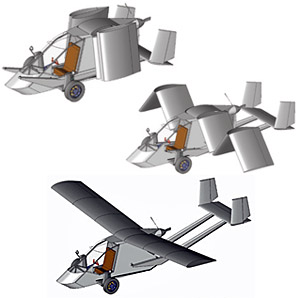 Call them "flying cars, flying motorcycles, flying dune buggies," or "roadable aircraft."
Regardless of the correct term, a growing wave of these car-to-airplane machines are in various stages of development and most will be at AirVenture 2010.
One of the newest entries is a kit with the lowest projected price among the group; all others are fully built and carry larger price tags. Check out the
Call them "flying cars, flying motorcycles, flying dune buggies," or "roadable aircraft."
Regardless of the correct term, a growing wave of these car-to-airplane machines are in various stages of development and most will be at AirVenture 2010.
One of the newest entries is a kit with the lowest projected price among the group; all others are fully built and carry larger price tags. Check out the 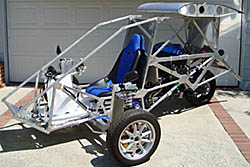 The better funded Terrafugia effort is leading the sector and recently basked in the warmth of media spotlights after winning a weight exemption from FAA. Their PR success may be boosting the fortunes of the others.
We've written about two four-wheelers:
The better funded Terrafugia effort is leading the sector and recently basked in the warmth of media spotlights after winning a weight exemption from FAA. Their PR success may be boosting the fortunes of the others.
We've written about two four-wheelers: 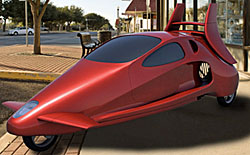 Taking a cue from Boeing, which kept its 747-8 home from the Farnborough show to pursue flight testing, Sampson Motorworks will not show their daring Switchblade as they did the last two years, but developer Sam Bousefield will give a forum on July 27 at 4 PM in Pavilion 08. The company's
Taking a cue from Boeing, which kept its 747-8 home from the Farnborough show to pursue flight testing, Sampson Motorworks will not show their daring Switchblade as they did the last two years, but developer Sam Bousefield will give a forum on July 27 at 4 PM in Pavilion 08. The company's 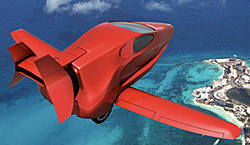 Joe Caravella, a father and son team, will conduct a forum on their project Monday July 26 at 10 AM in the 002 GAMA Pavilion. Afterwards, Oshkosh trekkies can pay a visit to the company's exhibit in space 97.
Hope we see you in Wisconsin — come by the
Joe Caravella, a father and son team, will conduct a forum on their project Monday July 26 at 10 AM in the 002 GAMA Pavilion. Afterwards, Oshkosh trekkies can pay a visit to the company's exhibit in space 97.
Hope we see you in Wisconsin — come by the 



